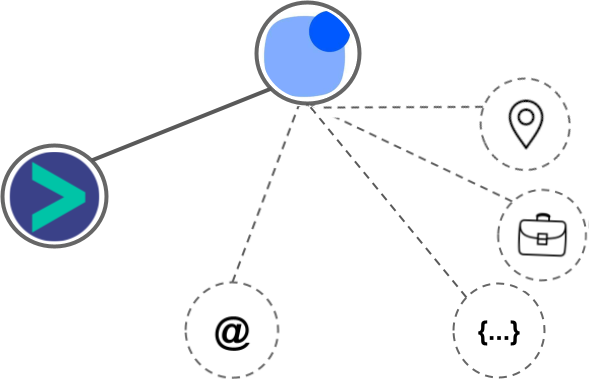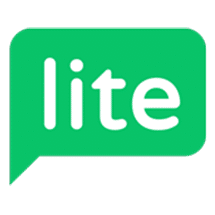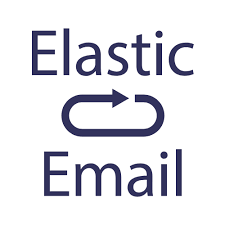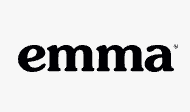Mailchimp vs Reply.io
Hyperise integrates with 100's of sales and marketing tools, many of which are in the Email Marketing category. With so many to choose from it's sometimes hard to know which is best, but don't worry, we've got your covered.
In this comparison guide we're going to look at the Highlights, Pros, Cons and Pricing of Mailchimp and Reply.io. We'll also delve into the details of which offers the best personalization options within Email Marketing, with there respective Hyperise integrations
Mailchimp
Pricing: Mailchimp offers a variety of pricing plans for their platform. Their plans include: 1. Free Plan: This plan is completely free and allows users to send marketing emails to up to 2,000 contacts. 2. Essentials Plan: This plan starts at $9.99 per month and allows users to send marketing emails to up to 50,000 contacts. It also includes additional features such as custom branding, multi-step automations, and A/B testing. 3.Vs
Mailchimp vs Reply.io Highlights
Mailchimp and Reply are two popular software platforms that offer email marketing services. However, there are some significant differences between these two platforms.
Mailchimp is known for its user-friendly interface, a wide range of features, and integrations with third-party applications. It offers drag-and-drop templates, automation workflows, A/B testing, audience segmentation, analytics, and reporting features. Additionally, Mailchimp also provides tools for social media advertising, landing pages, and CRM.
Reply, on the other hand, is focused on providing AI-powered email automation and prospecting tools for sales teams. It offers features such as email tracking, outbound sales campaign management, and personalized email sequences. Additionally, Reply integrates with various CRM and marketing automation tools to streamline sales workflows.
In summary, Mailchimp is a comprehensive email marketing platform suitable for businesses of all sizes, while Reply is more focused on providing sales teams with the ability to automate and personalize their email outreach.
Mailchimp vs Reply.io Pros
Mailchimp Pros
- Mailchimp offers a more user-friendly interface and is easier to navigate.
- Mailchimp provides advanced list segmentation and tagging features for targeting specific audiences.
- Mailchimp includes more email design templates and customization options.
- Mailchimp integrates with over 300 different web apps and services, giving users more flexibility and automation options.
- Mailchimp provides A/B testing features to help users optimize their email campaigns.
- Mailchimp allows users to create landing pages and opt-in forms to capture leads and grow their subscriber list.
- Mailchimp offers a free plan for users with under 2,000 subscribers, making it more affordable for small businesses or individuals.
Reply.io Pros
- Reply's email design editor is more intuitive and user-friendly than Mailchimp's.
- Reply offers the ability to personalize and automate follow-up emails based on engagement, while Mailchimp only offers basic autoresponder functionality.
- Reply provides integrations with CRM platforms, which can help improve sales team productivity, whereas Mailchimp is primarily focused on marketing automation.
- Reply offers a comprehensive set of email tracking and analytics features, including detailed campaign and recipient performance data, while Mailchimp only provides basic email campaign reports.
- Reply's built-in lead generation tools, such as web forms and landing pages, are more advanced compared to Mailchimp's offerings.
- Reply's email deliverability rates are generally higher than Mailchimp's, which can help ensure that emails are successfully delivered and do not end up in spam folders.
Mailchimp vs Reply.io Cons
Mailchimp Cons
- Limited automation features compared to Reply
- Limited advanced reporting and analytics capabilities
- No built-in tools for lead generation and qualification
- Limited email customization options
- Higher pricing for larger email lists compared to Reply
- No option for multi-channel communication (SMS, social media, etc.) like Reply offers.
Reply.io Cons
- Limited automation features in comparison to Mailchimp
- No free plan option for users with low subscriber counts
- Slightly less user-friendly interface and email design options
- Limited integration options with third-party apps and platforms
- Less robust reporting and analytics compared to Mailchimp
Mailchimp & Reply.io Hyperise Integrations
Mailchimp uses the HTML code embed method to integrate with Hyperise, giving a simple way to add personalized images to your messages.
Mailchimp makes the following data points available to Hyperise, to enable personalization in images used in outreach and linked out to your personalized website landing pages.
- Using business Email passed from Mailchimp, Hyperise is able to enrich business logo and website screenshots. In some cases, with a business Email we're also able to enrich profile images, subject to the business email having a publicly available profile.
Mailchimp Integration Guide
Reply.io uses the Image embed method to integrate with Hyperise, giving a simple way to add personalized images to your messages.
Reply.io makes the following data points available to Hyperise, to enable personalization in images used in outreach and linked out to your personalized website landing pages.

- Using business Email passed from Reply.io, Hyperise is able to enrich business logo and website screenshots. In some cases, with a business Email we're also able to enrich profile images, subject to the business email having a publicly available profile.
- Business name
- Job title
- City
- Country
- State
Reply.io Integration Guide

 vs
vs  vs
vs 




 vs
vs  vs
vs  vs
vs  vs
vs  vs
vs  vs
vs  vs
vs  vs
vs  vs
vs  vs
vs  vs
vs 

 vs
vs  vs
vs  vs
vs 
 vs
vs  vs
vs  vs
vs  vs
vs  vs
vs  vs
vs 
 vs
vs 

 vs
vs  vs
vs 




 vs
vs 













